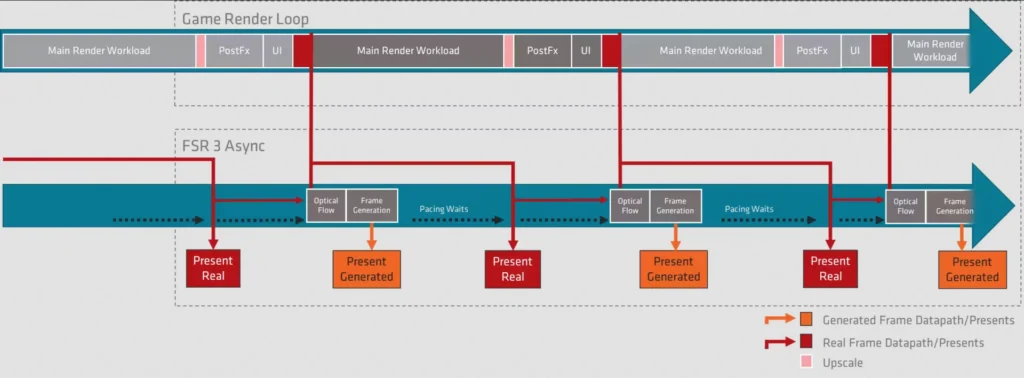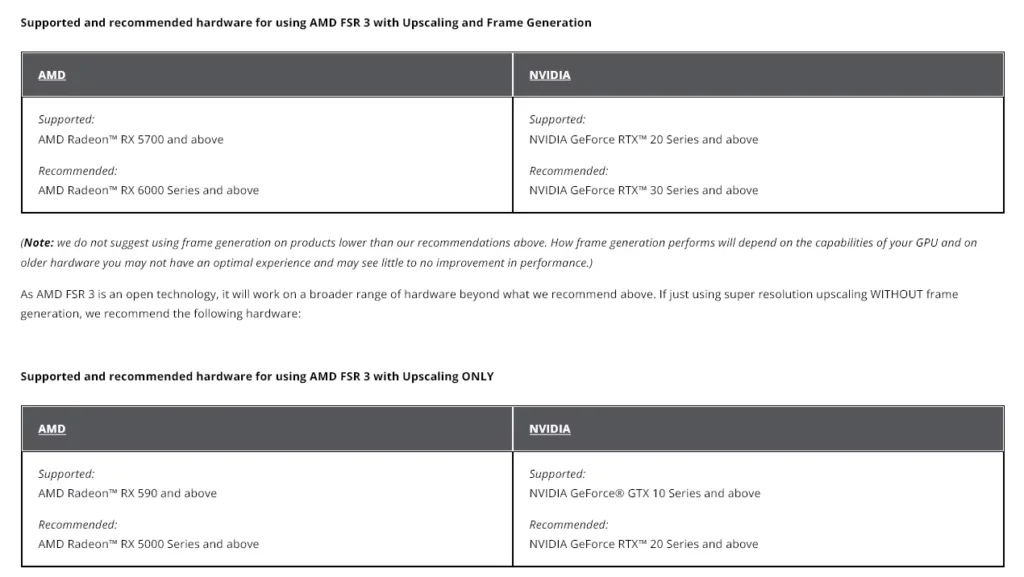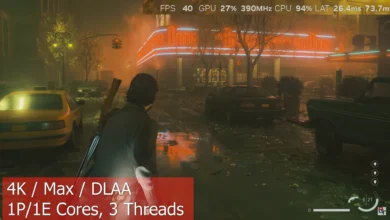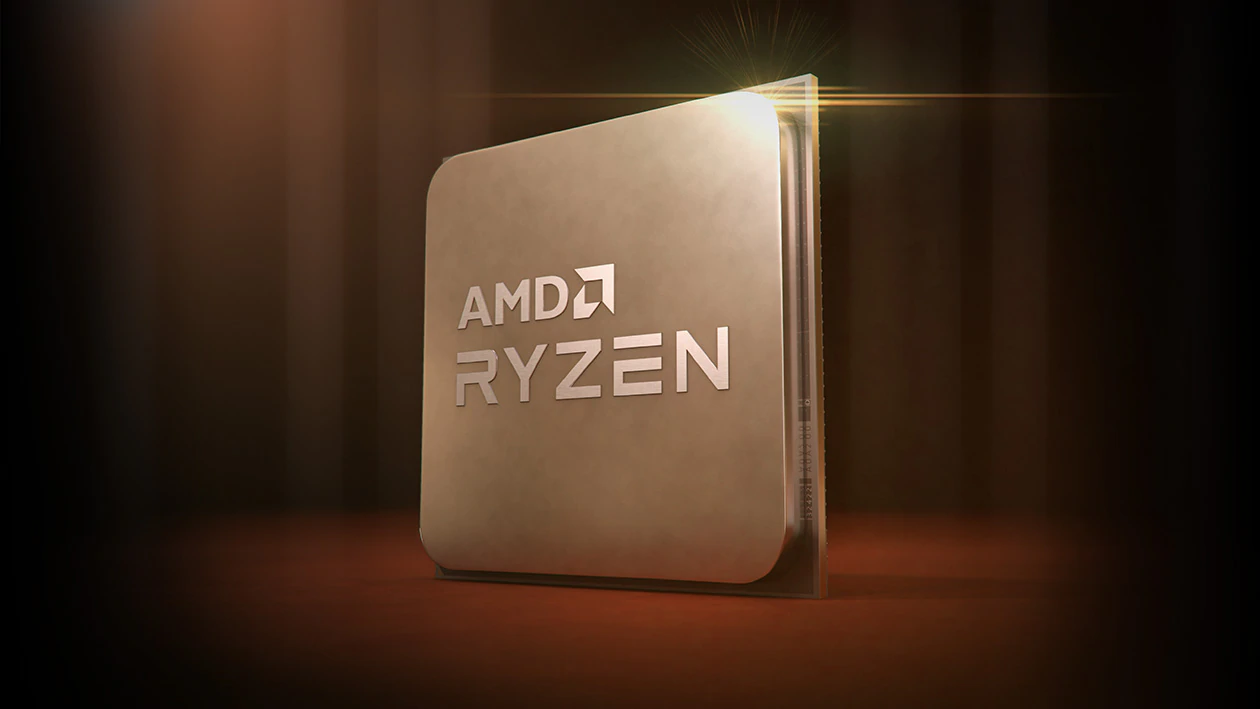AMD’s FSR 3 Graphics Upscaler Gets Officially Released

After months of waiting, AMD’s frame generation and upscaler technology, the FidelityFX Super Resolution 3 (FSR 3) has officially released. It competes with Nvidia’s DLSS 3.
About a few years ago, Nvidia released the very first iteration of Deep learning super sampling (DLSS). While the reviews weren’t that welcoming, Nvidia followed it with DLSS 2 graphics upscaling technology, which was welcomed and praised by many.
If an upscaler wasn’t enough, Nvidia released DLSS 3 a year ago, with frame generation, which basically added additional frames, with an intention to improve the frame rates of the games further.
The problem with DLSS, however, is that it runs only on Nvidia graphics cards, that too only on RTX versions, not GTX ones. DLSS 3 takes it even further, where it runs only RTX 4000 series graphics cards.
In reply, AMD too came with its own upscaling technology named FidelityFX Super Resolution (FSR). The first version left everyone really wanting. AMD then followed it up with FSR 2, which was a massive upgrade over FSR 2 in terms of quality. However, it’s still not a competition to Nvidia’s DLSS 2.
The thing about FSR 2 is that while game support is required, AMD has kept it open for all. Meaning, any graphics cards with a good capability can run it, as it’s not exclusive to just AMD ones. This means even Nvidia GTX version of graphics cards can run it and so can Intel ones.
So everyone thought, when is AMD going to release the next version of its upscaler, the FSR 3. Today it has done so.
FSR 3 Officially Released

AMD had teased FSR 3 almost a year ago. However, it released more information about the FSR 3 about a month ago when it announced the RX 7800 XT and RX 7700 XT graphics cards.
In a written announcement, AMD mentioned both the challenges and requirements to be able to run it. However, it didn’t give us the exact date for its release.
Yesterday, in a surprise announcement, Frank Azor of AMD tweeted that AMD FSR 3 is going to release today.
In an official blog post, AMD explains how FSR 3 improves upon FSR 2. Simply put, FSR 3 adds its own version of frame generation, which AMD claims runs not just on the desktop but all kinds of hardware. Not only that, AMD claims it allows 60FPS games to run at 120FPS.
It basically inserts artificially generated frames between frames to increase the frame rate. This is a very complicated process, which AMD has explained in detail in that blog post.

For now, two games have received a support for FSR 3. With more games to follow soon.
Reviews And Performance
As the FSR 3 was released without any prior announcement, many reviewers were surprised by it. Some were even amused that AMD provided no pre-release samples to them or provided some materials for them to try. So as the release is new, there aren’t enough reviews available for it right now.
However, German publisher Hardwareluxx.de, via Andreas Schilling, has tested (translated) it.
Additionally, Sebastian Castellanos on Twitter too seems to have tested it. It’s worth checking out.
VideoCardz says that AMD has officially released some charts about the performance. Update: These charts can be found here.
In our opinion, AMD FSR 3 provides a good flexibility. It works on virtually all kinds of graphics cards, provided that the game supports it.
Frame generation too seems to be working as intended, however, don’t expect it to run on cheaper or outdated graphics cards, as AMD doesn’t recommend it.

However, the flexibility does come at a cost. Don’t expect FSR 3 to match DLSS 3 in image quality. DLSS 3 works on a hardware specifically dedicated for it. Whereas FSR 3 uses graphics card’s own processing power to do so.
Expect more games, hundreds of them, to add a support for it. Honestly, it gives a good option to the users to decide what they want to use.




